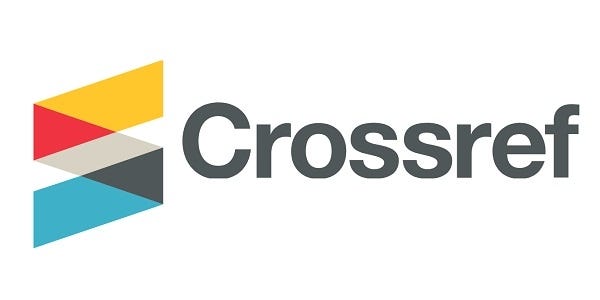The Analysis of Swearwords Used in Buleleng
Keywords:
Balinese language, swear words, Buleleng, linguistic functionAbstract
This study aims to analyze the use of swear words in the Balinese language used by the people in Buleleng Regency, North Bali. Using a descriptive qualitative approach, this study explores the forms, references, and functions of swear words commonly used in everyday social interactions. According to Anderson & Trudgill (1990), swear words refer to something taboo in certain cultures and are used to express strong emotions or attitudes. Robin (1992) adds that swear words are often used to convey anger or passion. Hughes (1998) classifies swear words based on their types, such as those related to sexuality, filth, and animal names. In Buleleng, words such as pirata (ancestor), naskleng (male genitalia), tai (excrement), cicing (dog), and lengeh (stupid) are commonly used, even by children, as part of a long-standing cultural heritage. The use of these words is not always negative but can also serve to attract attention, alleviate discomfort, provoke, create interpersonal identity, and function as both integrative and aggressive expressions. These findings suggest that swear words in Buleleng play a significant role in social communication and reflect the dynamics of local culture.
Downloads
References
Allan, K., & Burridge, K. (2006). Forbidden words: Taboo and the censoring of language. Cambridge University Press. https://doi.org/10.1017/CBO9780511617881
Andersson, L. G., & Trudgill, P. (1990). Bad language. Oxford: Basil Blackwell.
Crystal, D. (2003). The Cambridge encyclopedia of the English language (2nd ed.). Cambridge University Press.
Holmes, J. (2013). An introduction to sociolinguistics (4th ed.). Routledge.
Hughes, G. (2006). An encyclopedia of swearing: The social history of oaths, profanity, foul language, and ethnic slurs in the English-speaking world. M. E. Sharpe.
Jay, T. (2000). Why we curse: A neuro-psycho-social theory of speech. John Benjamins Publishing. https://doi.org/10.1075/z.107
Jay, T. (2009). The utility and ubiquity of taboo words. Perspectives on Psychological Science, 4(2), 153–161. https://doi.org/10.1111/j.1745-6924.2009.01115.x
Ljung, M. (2011). Swearing: A cross-cultural linguistic study. Palgrave Macmillan.
Miles, M. B., Huberman, A. M., & Saldaña, J. (2014). Qualitative data analysis: A methods sourcebook (3rd ed.). SAGE Publications.
Putra, I. G. A. W., Yudana, I. M., & Artawan, I. N. (2021). The use of swear words in interactions among English language course students in Buleleng: A sociolinguistic study. Jurnal Pendidikan Bahasa dan Sastra Indonesia Undiksha, 11(2), 89–97.
Suparwa, I. N. (2017). Structure and function of language in Balinese oral traditions. Jurnal Humanis, 19(1), 12–20.
Wardhaugh, R. (2006). An introduction to sociolinguistics (5th ed.). Blackwell Publishing.
Wibawa, I. B. G. (2015). The meaning and function of swear words in Balinese. Jurnal Linguistika: Buletin Ilmiah Masyarakat Linguistik Indonesia, 22(1), 45–54.
Wijana, I. D. P. (2004). Communication, swearing, and humor in the Indonesian language. Pustaka Pelajar.
Wijana, I. D. P. (2010). Swearing in the Indonesian language: Its functions and patterns of use. Humaniora, 22(1), 60–71.
Creswell, J. W. (2014). Research design: Qualitative, quantitative, and mixed methods approaches (4th ed.). SAGE Publications.
Downloads
Published
How to Cite
Issue
Section
License
Copyright (c) 2024 Author

This work is licensed under a Creative Commons Attribution-ShareAlike 4.0 International License.
https://creativecommons.org/licenses/by-sa/4.0/














